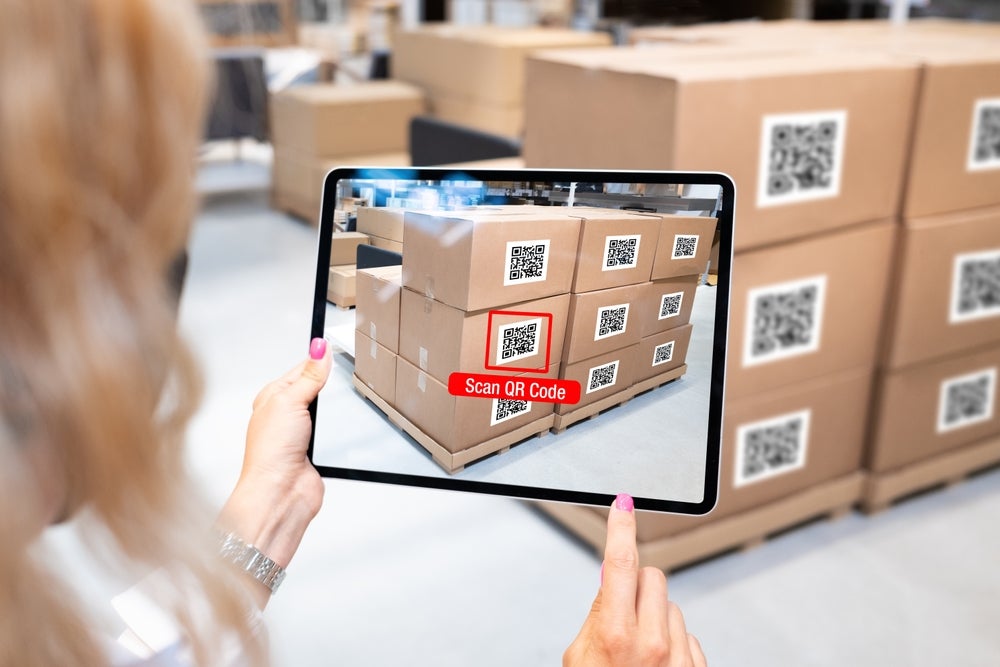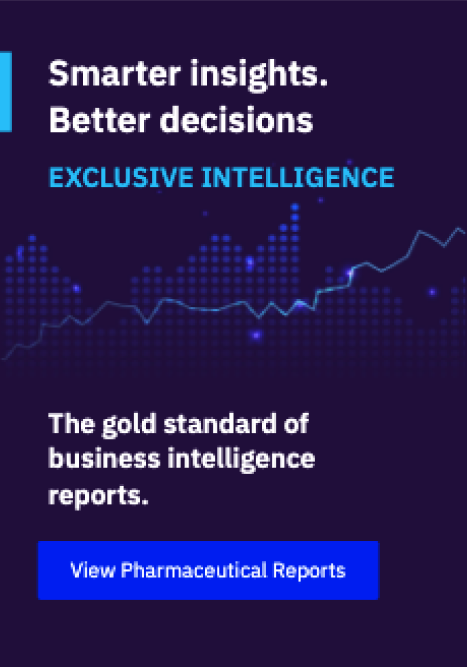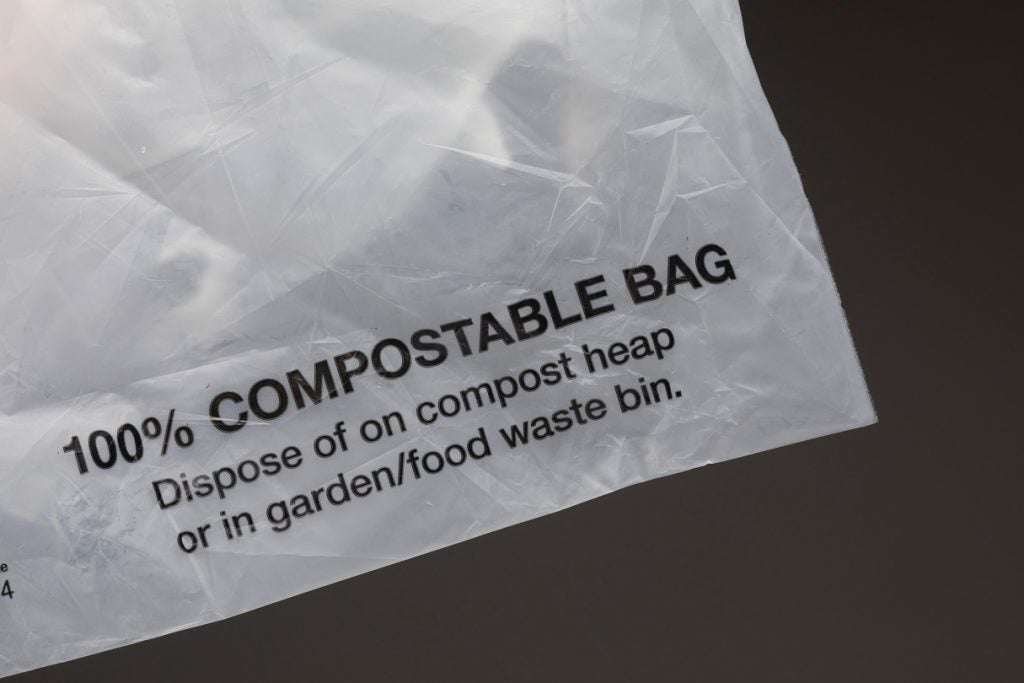A cereal box that plays a video tutorial on making breakfast. A wine label that tells the story of its vineyard. A snack wrapper that launches a game on your phone.
These aren’t scenes from a futuristic film—they’re real examples of how augmented reality (AR) and QR-code integrated packaging are transforming how consumers interact with everyday products.
In an increasingly digital-first world, packaging is no longer just about protecting a product or grabbing attention on the shelf. It has become a communication tool, a storyteller, and even a portal to immersive brand experiences.
As brands race to build deeper connections with their audiences, smart packaging has emerged as a powerful solution. But which technology—AR or QR codes—is better suited for long-term engagement?
Understanding QR-code packaging: the reliable workhorse
Quick Response (QR) codes have been around since the 1990s, but their real renaissance came with the widespread adoption of smartphones.
These black-and-white square codes are now a familiar sight, used in everything from event tickets to restaurant menus. In packaging, QR codes serve as low-cost, accessible gateways to digital content.
With a quick scan, consumers can access product information, promotional offers, how-to guides, or customer service portals.
One of the key advantages of QR-code integrated packaging is its simplicity. It doesn’t require specialised apps—just a smartphone camera.
Brands can easily update the linked content without changing the packaging itself, allowing for dynamic marketing campaigns or real-time updates such as recalls or sustainability credentials.
From a supply chain perspective, QR codes are invaluable for traceability, enabling consumers to learn where their product was made, what it contains, and how it reached them.
QR code packaging is especially popular in food and beverage, cosmetics, and pharmaceuticals, where compliance, safety, and transparency are vital.
For small and medium enterprises, it offers an affordable way to create digital touchpoints without major investment in tech infrastructure.
Augmented reality packaging: immersive, interactive, and impactful
Augmented reality packaging takes user engagement to a whole new level. Rather than simply redirecting users to a webpage, AR overlays digital content—animations, videos, 3D models—directly onto the physical product when viewed through a smartphone or AR-enabled device.
This can turn static packaging into a rich, interactive experience that captures attention and encourages longer engagement.
Brands have used AR packaging to launch interactive games, host virtual product demonstrations, or offer “try-before-you-buy” features. For example, cosmetic brands might allow customers to see how a shade of lipstick looks on their face before purchase.
Toy companies can bring characters to life in a child’s room, enhancing both playtime and brand loyalty.
The immersive nature of AR makes it ideal for storytelling and brand differentiation. It appeals particularly to Gen Z and millennial consumers who expect seamless digital integration and value innovation.
However, AR does come with higher development costs and requires more bandwidth, both from a technical and user standpoint. Users typically need to download a dedicated app or use a compatible platform, which can present a barrier to widespread adoption.
Still, as AR technology becomes more intuitive and smartphones more powerful, the cost and complexity are gradually decreasing. Platforms like WebAR now allow users to experience augmented content directly through a mobile browser, reducing friction and improving accessibility.
Choosing between AR and QR: it’s not a binary decision
While marketers and product developers often debate whether AR or QR packaging is the future, the truth is both have their place. The choice depends largely on the brand’s goals, target audience, and budget.
QR codes offer practicality, speed, and broad accessibility. They’re excellent for conveying essential information or driving simple interactions. If the primary objective is to deliver digital content, verify authenticity, or collect consumer data, QR codes are a proven solution.
AR packaging, on the other hand, is about creating memorable moments. It’s better suited to premium products, limited-edition launches, or campaigns where consumer engagement and emotional connection are critical.
It works well in competitive retail environments where standing out is essential.
In many cases, the smartest approach might be a hybrid one. A QR code on the packaging could lead to an AR experience, blending the best of both worlds—ease of access with immersive content.
This strategy enables brands to cater to a wider audience, meeting both those who want quick facts and those who are ready for a deeper dive.
The future of smart packaging
As technology continues to evolve, so too will consumer expectations. Packaging will need to do more than look good on a shelf—it must educate, entertain, and build trust. Sustainability is also pushing innovation; digital packaging solutions reduce the need for excessive printing or materials, aligning with eco-conscious branding.
Smart packaging, whether through AR or QR technology, is no longer a novelty. It’s becoming an essential element of brand strategy in industries ranging from retail and FMCG to health and wellness.
And with the rise of the Internet of Things (IoT), we can expect even more seamless integration of packaging with personalised digital ecosystems.
For brands looking to future-proof their products and create meaningful customer relationships, exploring augmented reality and QR-code integrated packaging isn’t just a trend—it’s a necessity.











